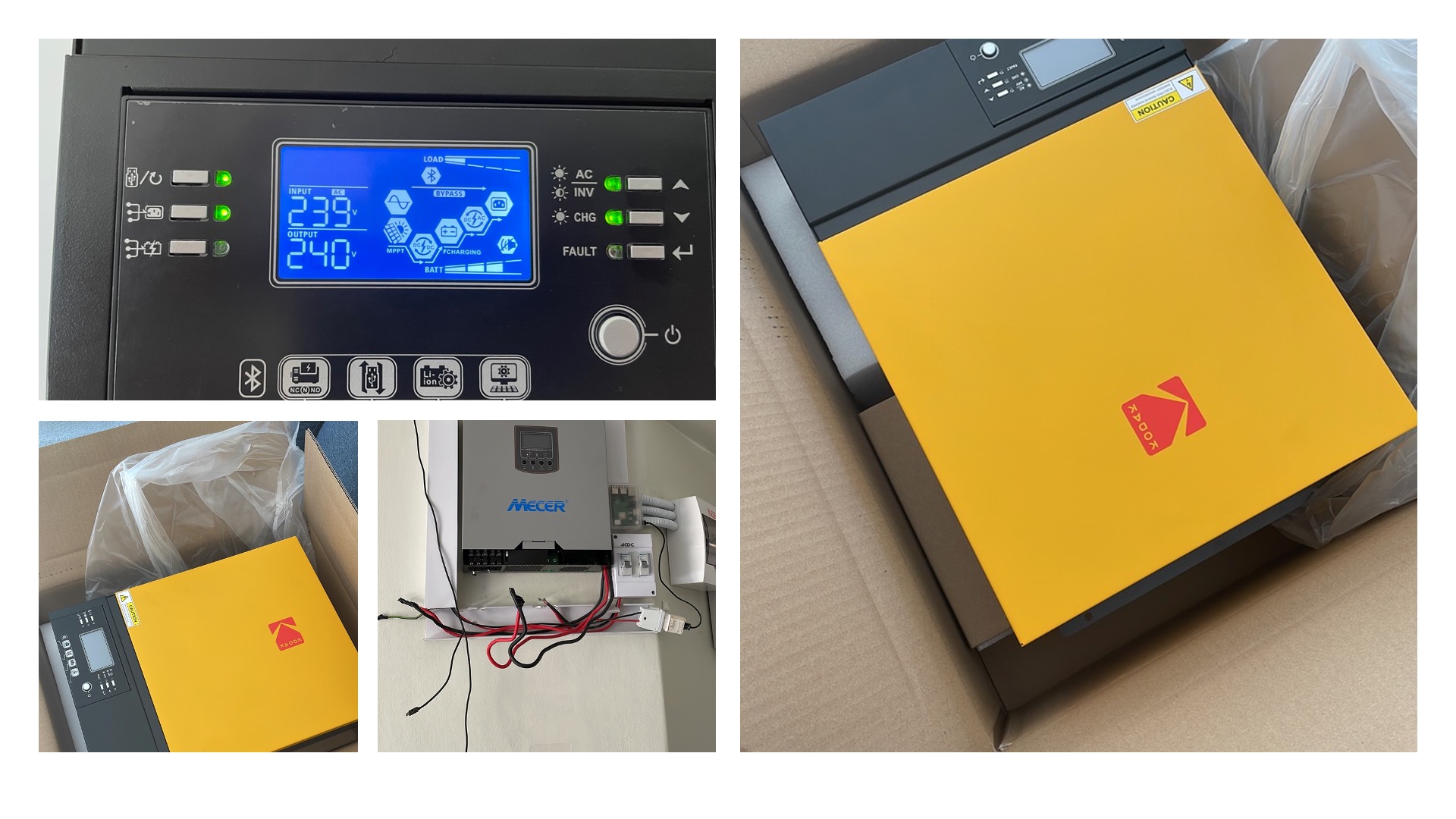Not Considering User Intent? Your SEO Strategy Is Incomplete
“Just Google it” is the phrase you probably hear everywhere you go nowadays. As search engines continue to improve by focusing more on user experience, your search engine optimization (SEO) strategy should always consider decoding user intent.
What is User Intent?
User intent refers to anything customers intend to look for when they conduct a search query on the Internet. The intent may be shown through keywords or by implication. For instance, if you type the word “crawfish” into many search engines, a list of local seafood restaurants appears as a result. The search engine matches the user intent based on search data, click data, and heuristics, and no longer produces old simple results from keywords. Thus, successful SEO strategy requires a good grasp of user intent.
Different Types of User Intent
There are typically three main types of user intent: navigational, informational, and transactional. Navigational intent is when a user wants to get to a certain site. If a user tries to look for information, it is called informational intent. And when a user wants to perform an activity or purchase something online, it is considered transactional intent.
How to Create Content That Relates
To develop a solid SEO content strategy, you need to understand what customers truly want about your products or service and would be more likely to put in their online search. The initial step is to list everything your business does and wants to be looked up for.
Categorize those things into types of user intent and assign value to each one to help prioritize efforts and resource allocation. Then, brainstorm about the types of media, message, or graphics that need to be created to match with the user intent incorporated in your marketing plan.
User Intent is Different Across Devices
Users move across platforms and devices to search and make decisions. It is vital that your SEO agency can help you plan a content approach that reaches multiple media channels where potential customers can possibly have access.
Mobile users may aim at finding a quick answer, compared to longer results on a desktop. For instance, a user who looks for “furniture” on a phone is more likely to pay attention to the differences in prices and images of the product than to detailed descriptions of it. Therefore, the time element plays a role in the types of products searched on devices.
Moreover, mobile search tends to yield more local-based results. This means regional business owners can advertise to and capture local customers with promotions that cater to a specific demographic. When a user uses location-based keywords such as “used cars for less than R70,000 in Cape Town” you have a clear indication of what the user is searching for. With this information, designing content, product positioning, and the marketing plan will be simplified.
Feel free to Contact Me if you have questions about user intent and how it affects your business.


